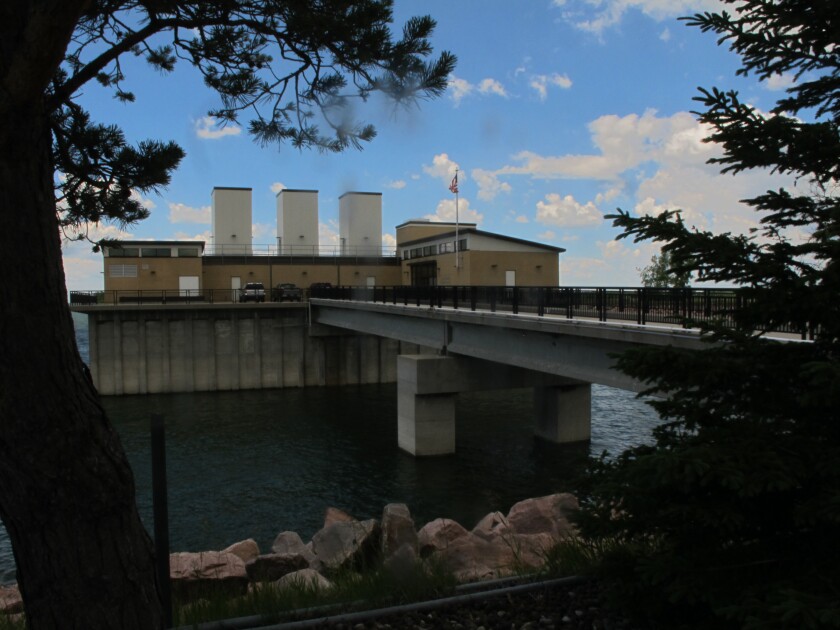FARGO — A proposal to pipe water from the Missouri River to central North Dakota and the Red River Valley took a big regulatory step forward with completion of a federal environmental impact study.
Completion of the review by the U.S. Department of the Interior’s Bureau of Reclamation, announced by the North Dakota congressional delegation on Friday, Dec. 4, is good news for a proposed $1.2 billion project to transfer Missouri River water to the Red River Valley to augment water supplies during extreme, prolonged droughts.
With the final environmental impact statement completed, the next step would be final approval from the federal government in a finding called a record of decision.
The action announced Friday means features of the now-defunct Garrison Diversion Project, a canal system to provide water for massive irrigation in the state, will be available for the pipeline project.
The Snake Creek Pumping Station on Lake Audubon along the Missouri and McClusky Canal would reduce construction costs for the pipeline project by $200 million and also significantly reduce operating costs through much lower pumping costs, according to officials.
ADVERTISEMENT
“This project would provide an affordable, reliable water supply for eastern North Dakota,” said Sen. John Hoeven, R-N.D., a member of the Senate Energy and Water Development Committee.
The environmental impact statement also will allow water available from Garrison Diversion public works of up to 165 cubic feet per second, enough for supplying water for both central and eastern North Dakota.
Duane DeKrey, general manager of the Garrison Diversion Conservancy District, said final federal approval for the project is expected soon.
RELATED:
-
Missouri sues to block project that would ultimately pipe water to Fargo during droughts
-
$1.19 billion water pipeline to serve central and eastern ND on track to start construction next spring
-
Water when we need it: When Red runs dry
“We’re very hopeful that we’re going to get a record of decision before the end of the Trump administration,” which leaves office on Jan. 20. “That would be a tremendous step.”
At least 30 days must pass from the final environmental impact statement until the issuance of a record of decision, and the North Dakota congressional delegation said they have secured an agreement from Interior Secretary David Bernhardt to “keep the project on track.”
Construction on a well for the project along the Missouri River near Washburn, N.D., could start next week, DeKrey said. If the weather isn’t too severe, construction could continue through winter.
“We have some site prep going on right now,” he said. Workers are clearing a path for a pipe to the river to serve the intake well, which will be up to 75 feet deep.
ADVERTISEMENT
State officials are building the river intake in addition to pursuing use of the Garrison Diversion pumping station and canal so they have redundancy and the project doesn’t have to rely on the federal government, DeKrey said.
The optimal construction timeline for the project, which will deliver water to the Sheyenne River, which flows into the Red River, is 10 years, he said.
The project also is subject to court challenges. In a lawsuit filed in February, the state of Missouri is suing to try to block the diversion of Missouri River water out of the river basin.
North Dakota is intervening in the lawsuit to oppose the lawsuit. In answering the Missouri lawsuit, North Dakota argues that the diversion of water from the Missouri River will be miniscule compared to average annual river flows.










